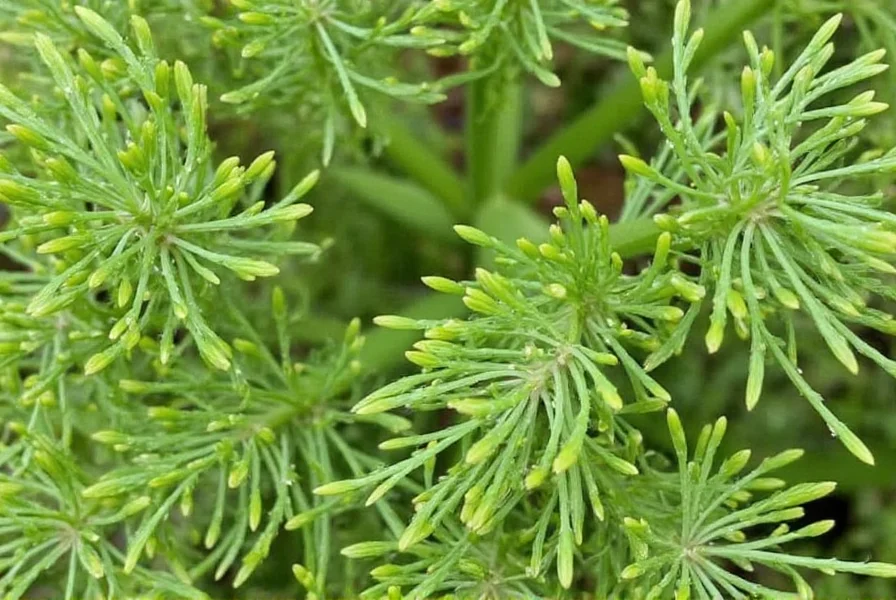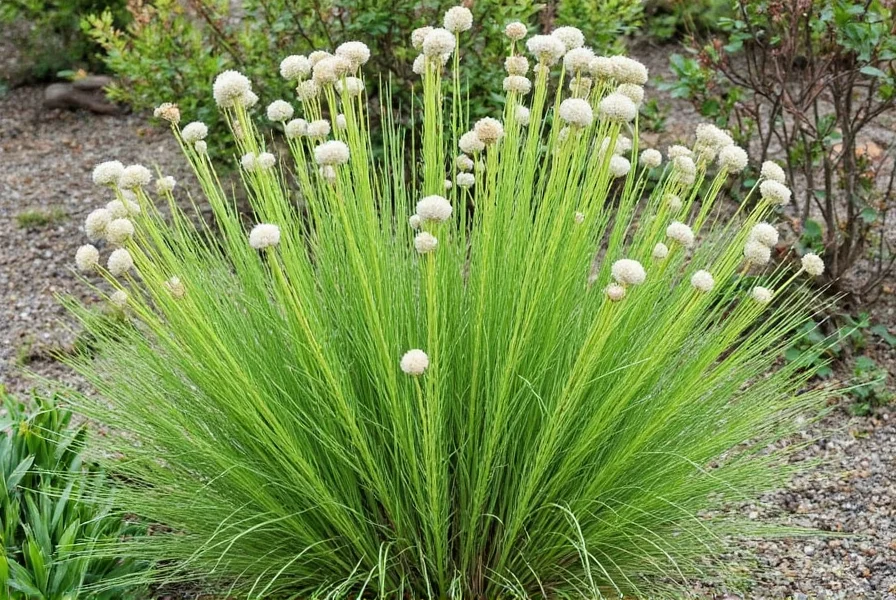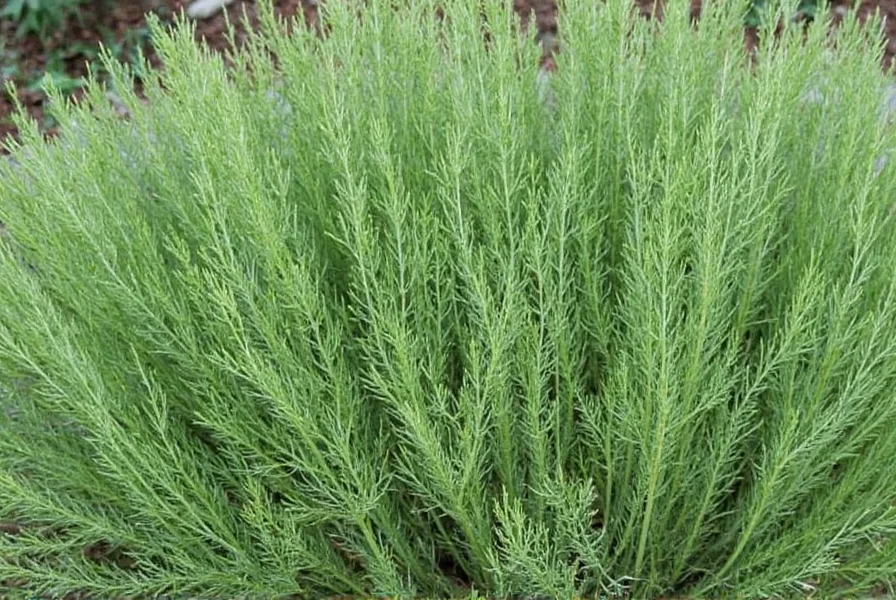Bronze fennel transforms ordinary gardens with its distinctive coppery-purple foliage that catches the light beautifully throughout the growing season. This hardy perennial, reaching heights of 3-5 feet when mature, provides year-round interest in temperate climates while delivering the same aromatic compounds that make fennel valuable in culinary and medicinal applications. Gardeners seeking to add both beauty and functionality to their landscapes find bronze fennel particularly valuable due to its dual-purpose nature.
Identifying Bronze Fennel Characteristics
The most obvious distinguishing feature of bronze fennel is its rich, coppery-purple foliage that sets it apart from the bright green of common fennel varieties. The fine, feathery fronds create a delicate, fern-like appearance that moves gracefully in the breeze. When mature, bronze fennel produces yellow flower clusters that attract beneficial insects like butterflies and ladybugs, enhancing garden biodiversity. The entire plant emits a distinctive anise-like fragrance when touched, with the strongest aroma coming from the feathery fronds and seeds.
| Characteristic | Bronze Fennel | Common Green Fennel |
|---|---|---|
| Foliage Color | Deep bronze-purple | Bright green |
| Height at Maturity | 3-5 feet | 4-6 feet |
| Ornamental Value | Exceptional visual interest | Moderate visual interest |
| Culinary Flavor Intensity | Slightly milder anise flavor | Stronger anise flavor |
| Best Garden Use | Ornamental borders, mixed beds | Culinary gardens, herb patches |
Growing Bronze Fennel Successfully
For optimal growth of bronze fennel in home gardens, select a location with full sun exposure—minimum six hours of direct sunlight daily. This Mediterranean native thrives in well-drained soil with a pH between 5.5 and 7.0. While bronze fennel demonstrates moderate drought tolerance once established, consistent moisture during germination and early growth stages significantly improves success rates. Gardeners in cooler climates should plant bronze fennel seeds after the last frost date, while those in warmer zones can plant in early spring or fall.
When planting bronze fennel from seed, sow directly into the garden at a depth of ¼ inch, as this plant develops a deep taproot that doesn't transplant well. Space seeds 12-18 inches apart to allow for proper air circulation and mature growth. Germination typically occurs within 7-14 days under ideal conditions. For container growing, select pots at least 12 inches deep with adequate drainage holes, as bronze fennel's taproot requires substantial vertical space.

Care and Maintenance Requirements
Proper care ensures bronze fennel maintains its vibrant color and healthy growth throughout the season. Water deeply but infrequently, allowing the top inch of soil to dry between waterings to prevent root rot. During extended dry periods, increase watering frequency while maintaining good drainage. Apply a balanced organic fertilizer once in early spring to support vigorous growth without encouraging excessive foliage at the expense of color intensity.
Pruning bronze fennel helps maintain its shape and encourages bushier growth. Regularly harvest the outer fronds to stimulate new growth from the center of the plant. In late summer, you may choose to deadhead spent flowers to prevent excessive self-seeding, though allowing some seeds to mature provides food for birds and potential new plants. In colder climates, cut back bronze fennel to 2-3 inches above ground level after the first hard frost for winter protection.
Culinary Applications of Bronze Fennel
Bronze fennel offers versatile culinary uses that extend beyond its ornamental value. The entire plant is edible, with each part providing unique flavor profiles. Young bronze fennel fronds work beautifully as a garnish for salads, seafood dishes, and roasted vegetables, adding both visual appeal and subtle anise flavor. The bulb, though typically smaller than Florence fennel varieties, can be sliced thinly for salads or roasted to bring out its natural sweetness.
Chefs specializing in Mediterranean cuisine particularly value bronze fennel for its slightly milder anise flavor compared to green varieties, making it more versatile in delicate dishes. The seeds, harvested when brown and dry, work well in spice blends, breads, and herbal teas. When substituting bronze fennel in recipes calling for green fennel, use approximately 25% more to achieve equivalent flavor intensity due to its milder profile.

Managing Bronze Fennel in the Garden Ecosystem
Bronze fennel serves as an excellent companion plant in organic gardens due to its ability to attract beneficial insects while deterring certain pests. The yellow flowers that appear in the plant's second year attract pollinators like bees and butterflies, while the feathery foliage provides shelter for beneficial insects such as ladybugs and lacewings that prey on garden pests. However, gardeners should note that bronze fennel can inhibit the growth of nearby bean and tomato plants, so proper spacing is essential.
While generally pest-resistant, bronze fennel may occasionally attract aphids or caterpillars. These can typically be managed through natural methods like introducing ladybugs or spraying with a gentle soap solution. The plant's strong aroma naturally deters many common garden pests, reducing the need for chemical interventions. In regions with hot summers, providing afternoon shade can prevent leaf scorch and maintain the plant's vibrant coloration.
Harvesting and Preserving Bronze Fennel
For optimal flavor and color retention, harvest bronze fennel fronds in the morning after the dew has dried but before the heat of the day. Select vibrant, deeply colored fronds for the best visual and flavor characteristics. To extend the harvest season, cut outer stalks first, allowing the center to continue growing. When harvesting seeds, wait until the flower heads turn brown and the seeds become dry and brittle.
Preserving bronze fennel requires attention to maintain its distinctive color. Air-drying tends to diminish the purple tones, so freezing is the preferred method for preserving both color and flavor. Chop fresh fronds and freeze them in ice cube trays with water or olive oil for convenient culinary use. Alternatively, create bronze fennel-infused vinegar by steeping fresh fronds in quality white wine vinegar for 2-3 weeks, which beautifully preserves both color and flavor.
Common Questions About Bronze Fennel
Many gardeners wonder whether bronze fennel will cross-pollinate with nearby green fennel varieties. While both types belong to the same species and can technically cross-pollinate, this only affects the seeds produced, not the current season's growth. The distinctive bronze coloration is genetically stable in the parent plant, so your existing bronze fennel will maintain its characteristic color regardless of nearby green fennel.
Another frequent concern involves bronze fennel's potential invasiveness. While it does self-seed readily in favorable conditions, it's generally less aggressive than common green fennel. Regular deadheading of flowers before seeds mature effectively controls self-seeding. In regions with mild winters, monitor for volunteer seedlings in spring and remove unwanted plants while they're still small.











 浙公网安备
33010002000092号
浙公网安备
33010002000092号 浙B2-20120091-4
浙B2-20120091-4